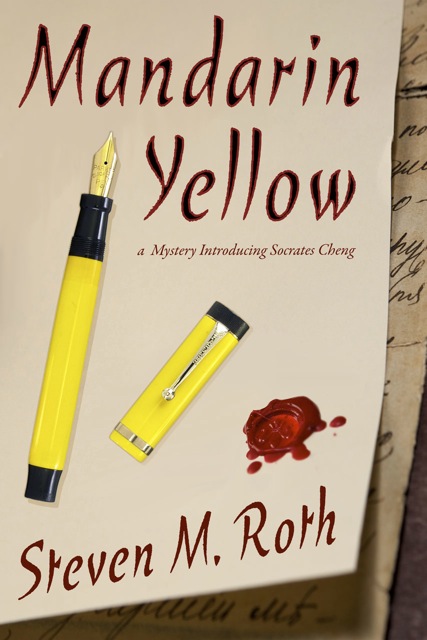Guest Expert: Dana Lynn Smith
 There’s no doubt that ebooks sales are sizzling, and ebooks have even surpassed sales of printed books on Amazon.com. But the publishing industry continues to wrestle with the issue of how to price ebooks competitively, while still providing a reasonable profit for authors and publishers.
There’s no doubt that ebooks sales are sizzling, and ebooks have even surpassed sales of printed books on Amazon.com. But the publishing industry continues to wrestle with the issue of how to price ebooks competitively, while still providing a reasonable profit for authors and publishers.
Consumers expect ebook prices to be much lower than printed books because there’s no cost for paper, printing, warehousing, and shipping. Quite true, but publishers incur many other expenses, including author royalities, acquisition, editing, design, marketing, and overhead. As the proportion of books sold in the cheaper ebook format rises, there’s less revenue to cover those expenses.
These days, new releases and bestselling fiction titles from large publishers tend to sell for about $9.99 on Kindle, with older backlist titles often selling for less. Many nonfiction ebooks sell for more than $9.99.
Pricing flexibility is one area where self-publishers have an advantage over the big guys. Although self-publishers incur some of the same types of expenses as traditional publishers, their costs are lower, allowing them to price their ebooks lower.
Here are some considerations in pricing your own ebooks:
There is plenty of evidence that consumers want low prices on ebooks and they will buy more ebooks if they are cheaper. Many avid readers go through one or more books a week, so price is very important to them. Think about it – would you rather buy one $9.99 novel, two $4.99 novels, or five $1.99 novels? Low prices also encourage readers to take a chance on new authors that they aren’t familiar with.
The royalty rate that you’ll receive on ebook sales is another consideration. On the Kindle platform, you can elect to receive a 70% royalty if your ebook meets these requirements:
• The list price is between $2.99 to $9.99
• The ebook list price is at least 20 percent below the lowest list price for the printed version of the book
• The ebook is an original work, not primarily composed of PLR (private label rights) content.
The Kindle royalty for books that don’t meet these requirements is 35 percent.
From what I have seen, $2.99 is a popular price point for self-published fiction. But some novelists have lowered their price to $1.99 or 99 cents to increase sales volume. Some authors find that they make even more money selling at the lower price, even with the lower 35 percent royalty. Other authors set a very low price to maximize sales volume for the purpose of attracting readers to their other books or products.
“When I lowered the price of The List from $2.99 to 99 cents, I started selling 20x as many copies—about 800 a day,” Joe Konrath pointed out in this article. In this blog post, Joanna Penn explains why she lowered the price of her novel from $2.99 to 99 cents.
Nonfiction how-to books are less price sensitive, because people are buying information that they need, rather than entertainment. Still, customers expect ebook prices to be lower than print. And nonfiction buyers often compare several different books before choosing one, so you may be at a disadvantage if comparable ebooks are priced substantially lower.
If you publish both print and ebook versions of the same title, consider the relative profit margins of the two products when making your pricing decisions. With a 70% royalty and no printing or shipping costs, you are likely to make a higher profit selling your ebooks at a lower price than the print version.
Savvy Tip: It’s best to post the same list price every place that your ebook is available, and I recommend setting a price ending in 99 cents because that’s required in some ebookstores. If you set different prices in different stores, some stores may discount your price to undercut other stores.
There’s no “right” price for ebooks, and each author or publisher will need to take several factors into consideration. Don’t be afraid to experiment with more than one price and compare the results, but be sure your sales aren’t being affected by other factors, such as the type of promotions you are doing at the time.
Photo Credit: goXunuReviews

Dana Lynn Smith, The Savvy Book Marketer, teamed up with Shelley Hitz to produce Ebook Publishing Success, an in-depth training program that teaches authors how to format and publish their books for Kindle, Nook, Smashwords, and more. To learn how to promote your ebook, visit the Savvy Book Marketer blog and follow Dana on Twitter and Facebook.


